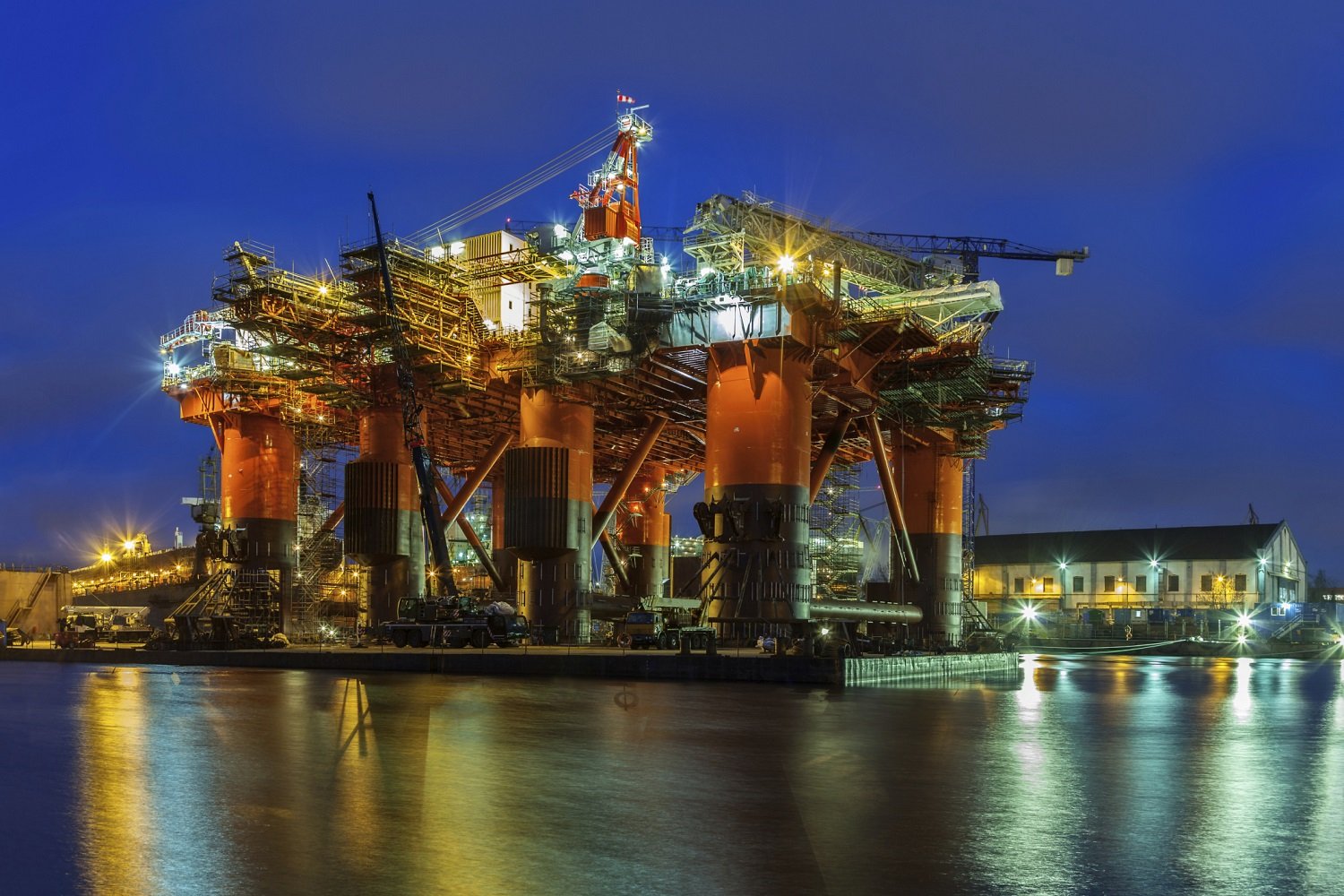Here are three certainties:
- U.S. energy consumption is actually declining.
- Advanced drilling techniques are making onshore "unconventional" oil and natural gas plays cost-effective, potentially reducing the need for offshore drilling.
- The Federal government is inept.
Okay, so the last one may look like a quick jab, or just a way to justify a splashy headline. But the reality is, there are implications of the budget and debt ceiling negotiations for Seadrill (SDRL +0.00%). Seadrill's debt is growing as the company heavily invests in new ultra-deepwater rigs, and rising interest rates could cripple the company, especially as it builds these new ships without contracts in place once they hit the water. And with the demand for oil in the U.S. -- the world's largest consumer of oil -- declining, and domestic onshore production increasing, this could be a very real threat to Seadrill.
Is the risk of higher interest rates and reduced domestic demand overblown, or a serious threat? Let's take a closer look.
Domestic energy boom, reduced consumption
US Natural Gas Marketed Production data by YCharts
As the chart above shows, domestic production of both gas and oil has grown by 25% from 2002 to 2012, as technologies like horizontal drilling and hydraulic fracturing, or fracking, have made production cost-effective. Combine this with reduced domestic demand and oil imports are down significantly. This has been a boon for domestic onshore oil and gas companies like Chesapeake Energy (CHK +0.00%) and Ultra Petroleum (UPL +0.00%), which have both seen revenues grow more than 2,300% and 1,400% respectively over this period, and their stock prices have outperformed the market over the same time frame.
UPL Revenue TTM data by YCharts
But more recent investors haven't done so well, with shares in the two down more than 60% and 78% respectively since June of 2008, when natural gas prices were over $12. Factor in serious mismanagement at Chesapeake (though it looks like the company has turned the page) and gas prices falling consistently below $3 for most of 2012 (unprofitable for most producers), and it's been tough on investors for the past few years.
But demand and production continue to increase as more export terminals, like Cheniere Energy's Sabine Pass liquefaction project, are approved to capitalize on the demand for natural gas in foreign markets, where it routinely sells for much higher prices than it does in North America. Lastly, the expansion of natural gas as a transportation fuel -- specifically targeted at the 25 billion gallon domestic diesel market -- is just ramping up. As you can see, there is a lot of room for natural gas to grow, and everywhere you look it's taking a slice out of the pie that Seadrill is eating from.
Rising interest rates and growing debt
This is the major threat, as Seadrill spends heavily on a new fleet of safer, more effective ultra-deepwater rigs. Two-thirds of the rigs still under construction are not under contract yet; there's a risk that some of the ships hit the water more like an anchor than a boat, dragging on the bottom line, if they don't get commitments from customers.
Through the first half of the fiscal year (ended June 30) the company carried over $8.5 billion in "interest bearing" long term debt. While this was down slightly from almost $8.7 billion from the year before, the company has since added an additional $500 million in the form of senior notes paying 6.125% interest. Next, consider that interest expense grew 38% through the first half of the year, before this additional $30 million in annual debt expense, and debt (and the expense of servicing it) is growing faster than net income is. If Seadrill needs to return to the markets for more cash, the cost of servicing the debt could start hurting shareholders where it counts -- right in the dividend, which is one of the most attractive attributes of the stock.
Reality-check closing thoughts
Seadrill having already added $500 million in cash should mean the debt ceiling negotiations -- and any impact they have on lending rates in the short term -- should have limited impact on the company. One only has to look at Chesapeake as a moral lesson in the danger of huge debt for unused assets in a commodity business, but the difference here is the management team. While former Chesapeake CEO Aubrey McClendon made a lot of poor moves that seriously harmed his company, Seadrill has a solid track record of getting ships under contract and keeping them working.
And while the domestic boom in onshore natural gas and oil production has reduced the demand for oil in North America, it's a great big, growing world. China recently passed the U.S. as the largest importer of oil, and it's still growing, as are other developing parts of the world like India and South America. So even as domestic demand decreases and supply increases, there will continue to be a growing worldwide need for oil, including oil found in deep water where only drillers like Seadrill can reach.





